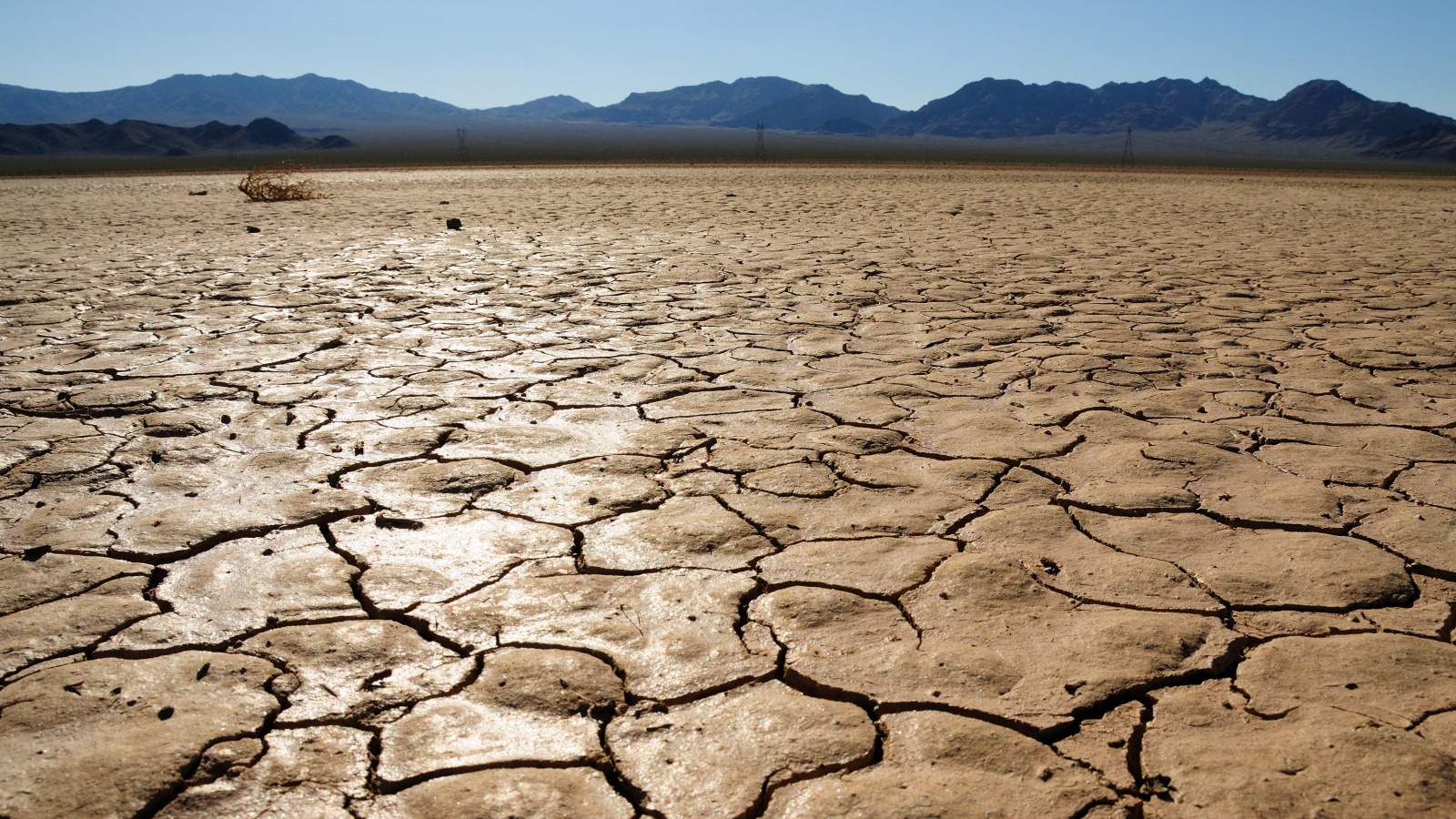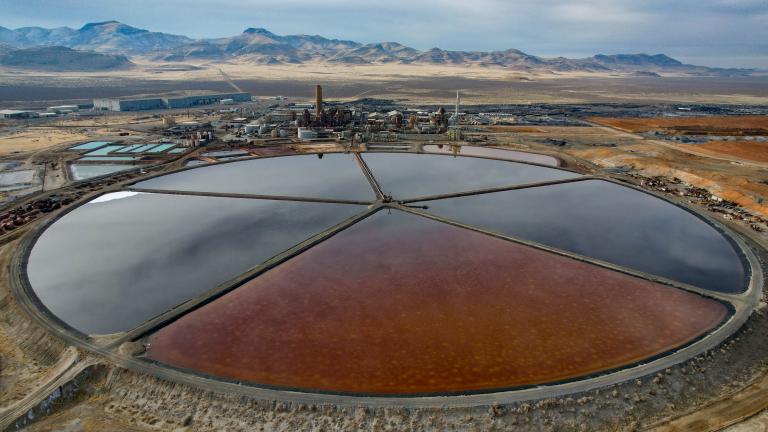California drought,yadda yadda yadda. You’ve probably heard it all by now — water rights debates, evil almonds, lawn hate — but that overexposure could be a boon for the rest of the world, where drought is forecast to be a serious and growing problem as the climate warms. Here’s the gist, from Wired:
[B]eyond the lack of rain and decades of terrible, horrible, no good, very bad water policies, California has some of the best resources for setting things right. Resources like its $2.2 trillion GDP, its water-hawk governor, or the brains at Cal Tech’s Resnick Institute in Pasadena. (The institute, it should be noted, was funded with money from megafarmer Stewart Resnick, who has been the center of other water controversies.) . The institute, which focuses on scientific and technological fixes for energy, water, and other sustainability issues, is crafting a three-part plan to alleviate the drought. The goal, says director Neil Fromer, isn’t to solve the drought. “But if we can develop a system that is much more resilient to these kinds of weather systems, that can be valuable to people all over the world.”
Secure · Tax deductible · Takes 45 SecondsSecure · Tax deductible · Takes 45 SecondsBroadly, the Resnick group will explore three areas:
1. Technology to catch and recover water that is currently lost.
2. Sensors to gather better intelligence on how much water is available.
3. Models to put this intelligence to use for water management.
Basically, 1) a lot of the rain that falls on California runs straight off into the sea. The infrastructure and tech for capturing this rain and routing it into the watersupply should be fairly straightforward — but so far doesn’t really exist.
“Los Angeles, for instance, gets a decent amount of rainfall and most of that goes into the ocean,” Fromer says. Building stormwater capture and treatment facilities isn’t hard, but there’s no way to plug them into the system.
2) Our water system is incredibly old, while sensor technology has gotten good and cheap enough to help plug leaks and track usage — neither of which the state does at the moment.
Last summer a pipe burst under L.A.’s Sunset Boulevard and spilled at least 20 million gallons of water … to the best of anyone’s knowledge. City officials have no clue how long the pipe had been leaking before it burst. Municipal sensors could track flow in real time, along with water quality
And for No. 3), cities could get proactive with all that sensor data:
With the right data, engineers can write algorithms that predict use and plug up waste. For example, a model could track L.A.’s water usage by the minute, and by measuring those rates against averages could detect spikes indicating underground leaks. And because the sensors would be distributed, engineers could quickly pinpoint the leak’s location.
If that all sounds somewhat basic to you, it’s because our water infrastructure — not unlike the electrical grid — is pretty outdated to begin with. But we’re all about silver linings here at Grist. If the disaster that is California’s ongoing drought can show the rest of us a little light, let’s do ourselves a favor and pay attention now … including what NOT to do.




